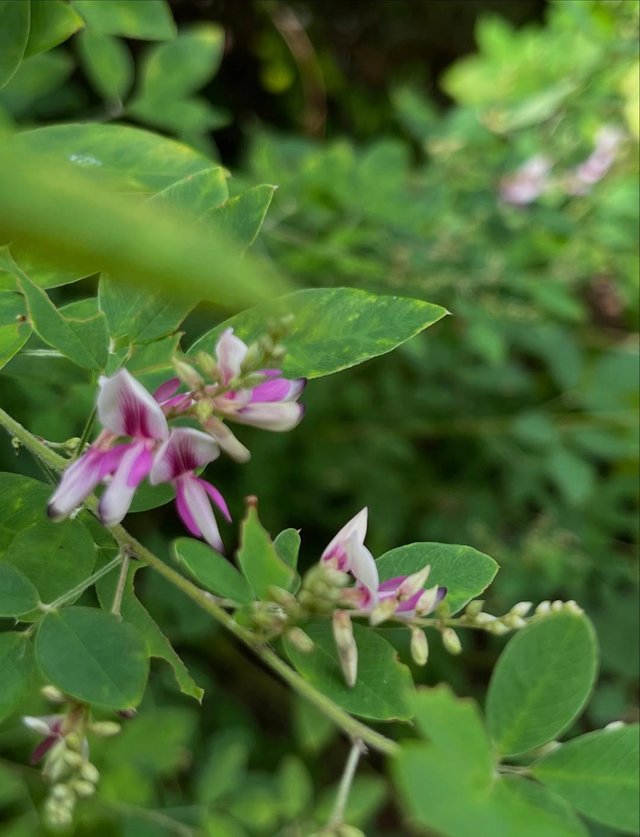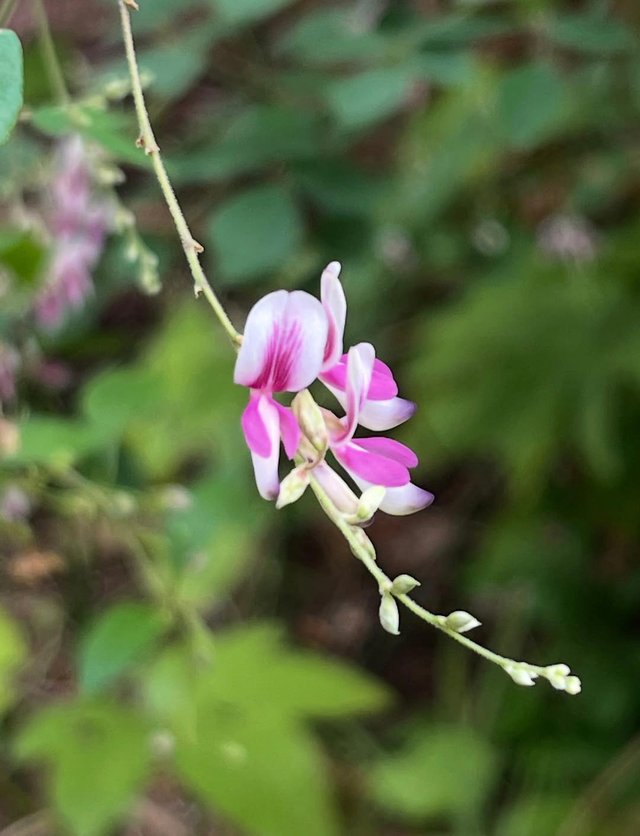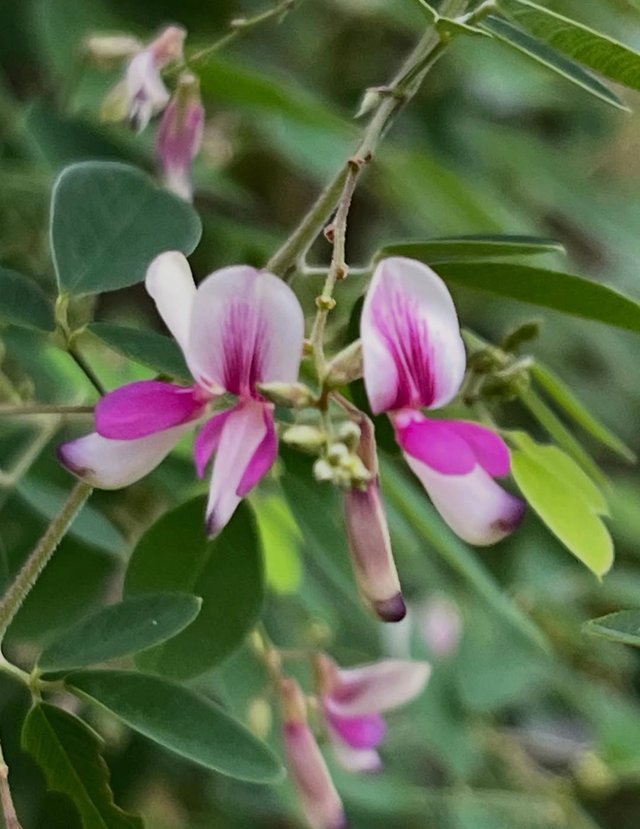Thunberg's lespedeza Flower
Thunberg's lespedeza it is native to East Asia particularly Japan China and Korea and is well admired for its graceful arching branches and masses of pea-like flowers that bloom profusely in late summer to early autumn the plant can grow up to 5 to 10 feet tall with long arching stems that create a cascading fountain-like habit its leaves are trifoliate meaning they are divided into three small elliptical leaflets which are medium green during the growing season and may take on a yellowish hue in autumn the most striking feature of Thunberg's lespedeza.
Is its abundant flowers which are typically rosy pink to purple though sometimes white depending on the cultivar they appear in long clusters along the arching stems and provide a spectacular floral display at a time of year when many other plants are beginning to fade making it a valuable ornamental shrub for extending seasonal interest in gardens as a member of the legume family it has nitrogen-fixing properties which help enrich the soil by converting atmospheric nitrogen into a usable form for plants thus benefiting the surrounding ecosystem it prefers full sun to partial shade and thrives in well-drained moderately fertile soil although.
It is tolerant of drought once established this adaptability combined with its ability to grow in poor soils makes it a hardy and low-maintenance choice for landscapes pruning in late winter or early spring is recommended to maintain a neat shape and encourage vigorous new growth since the plant flowers on new wood Thunberg's lespedeza is often used in landscaping as a specimen plant shrub border or in naturalized plantings where its flowing form and late-season blooms can be fully appreciated it also provides nectar for pollinators such as bees and butterflies while its dense growth offers cover for small wildlife historically in East Asia.



